On a day set aside to discuss the future of intercity travel in Ontario, Metrolinx’s massive GO Regional Express Rail (RER) project created the most buzz.
FCP Rail Consultants partner Michael Schabas, Infrastructure Ontario (IO) executive vice-president of civil, roads and transit Derrick Toigo and ACS Infrastructure Canada general counsel Mark Platteel told delegates at the Nov. 27 Transport Futures conference held in Toronto that RER would be transformative.
Platteel said at an estimated value of $8 to $10 billion, RER’s Package 3 represents Ontario’s largest ever P3 project, and it’s also a hugely complex procurement puzzle.
Platteel’s presentation on Alternative Financing and Procurement indicated Package 3 with its electrification component presents a significant risk-assessment challenge.
A spokesperson for IO said the agency had not confirmed details of the timing for the request for qualifications for Package 3. There was some speculation at the conference it might come next year.
“There are a lot of different aspects to it,” said Platteel. “It has created a lot of buzz in the industry.”
At a recent conference, he said, “Every discussion was about RER, so we will see how this gets packaged. The amount of risk for this kind of project is significant. We are all very excited to see how it gets procured and frankly to see how many bidders can take on a project of this size.”
Commented Toigo, “We are currently working with Metrolinx to define what Package 2 and 3 works are. There is a lot of work to determine how each of these pieces all fit together including how the impacts are on the various communities.”
There are 50 other cities that have got systems like this already, so you don’t have to pioneer
— Michael Schabas
FCP Rail Consultants
Metrolinx plans to transform the GO system from diesel to electric power, twinning many tracks with electric trains running every 15 minutes all day on the most heavily travelled routes. The trains will be shorter and will travel much faster over much of GO’s existing 450 kilometres of track once Metrolinx’s 10-year, $15-billion electrification project is completed circa 2025.
While Toigo and Platteel assessed the project from a procurement perspective, Schabas presented the business case for RER from his vantage point as a veteran rail executive who has consulted on rail development around the world. A Canadian, he has worked on the Great Southern Railway in Australia, the Vancouver Skytrain and many projects in the U.K., and currently advises California HS Rail and Metrolinx.
In 2013, Schabas issued a report recommending Metrolinx proceed swiftly with the RER concept.
The conditions are superbly aligned, Schabas said in an interview, for RER to change the way southern Ontarians get around, especially during off-peak hours.
“You’ve got the 450-kilometre network that is already there, it’s just underused, so you don’t have to build any big tunnels, there are just a few little tunnels and a few junctions,” he said. “It is a matter of putting down the track and buying the trains, and the electrification and signalling, it is all proven technology.”
“There are 50 other cities that have got systems like this already, so you don’t have to pioneer, you don’t have to invent anything new, and you’ve got six-million people who can’t get where they want to go,” he said.
Planning and procurement is well underway on some components of the project, while the RFQ and RFP phases for such projects as the Lakeshore East Grading Package West Corridor Expansion and Package 2 Stations are further down the road. IO’s recent Market Update of projects said the timing of RFPs for those two had not yet been determined.
The Barrie, Kitchener, Lakeshore East, Lakeshore West, Milton, Richmond Hill and Stouffville lines will all be electrified.
“On projects of this type, there are two things that go wrong,” said Schabas. “One is civil engineering problems, like digging tunnels. We’ve got the existing tunnels, with a few little exceptions.
“And also the ridership is unknown. You build a new line and the ridership doesn’t materialize. But we actually already know the ridership. Most of these stations are already there, GO is already carrying 200,000 people a day.”
Not only will construction costs and risks be relatively low, he said, and ridership predictable, but operating costs of self-propelled electrified multiple unit trains, four cars long, are also efficient compared with longer diesel trains.
“At 10 dollars a kilometre, you cover your costs and you sort of make money,” he said. “You still have to pay the cost of putting up the wires and double tracking so it is not like a profitable business. But over 60 years, the business case for the RER shows that the province gets back all its money. This is not a money pit, this is an investment.”


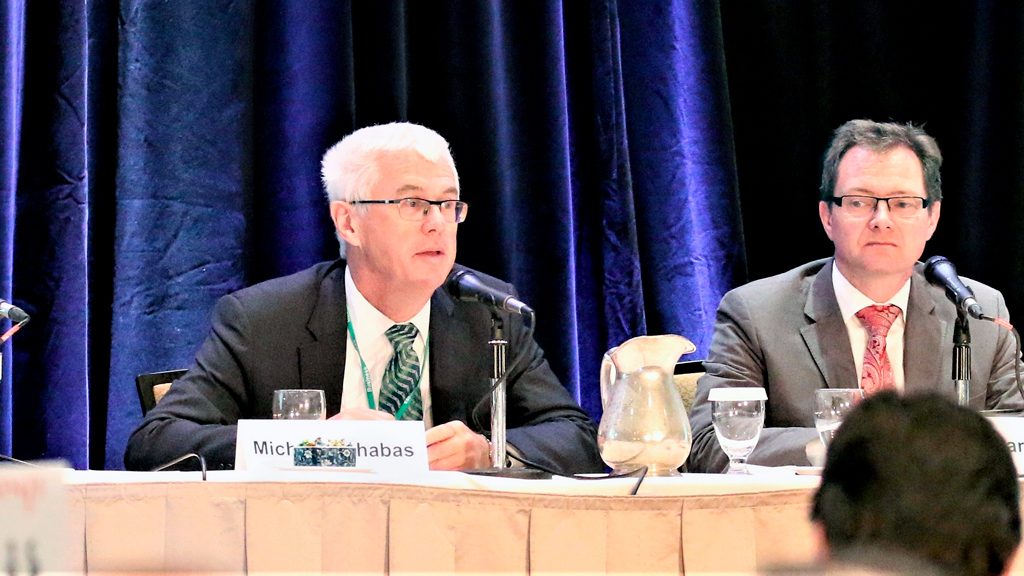

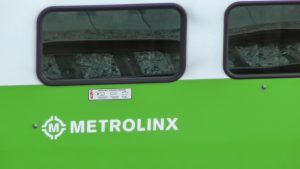
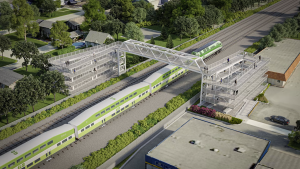
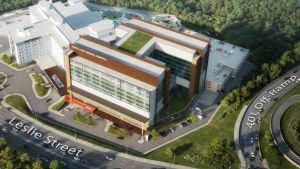
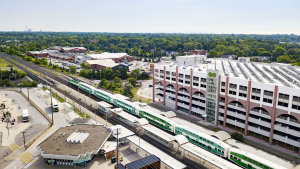



Recent Comments
comments for this post are closed